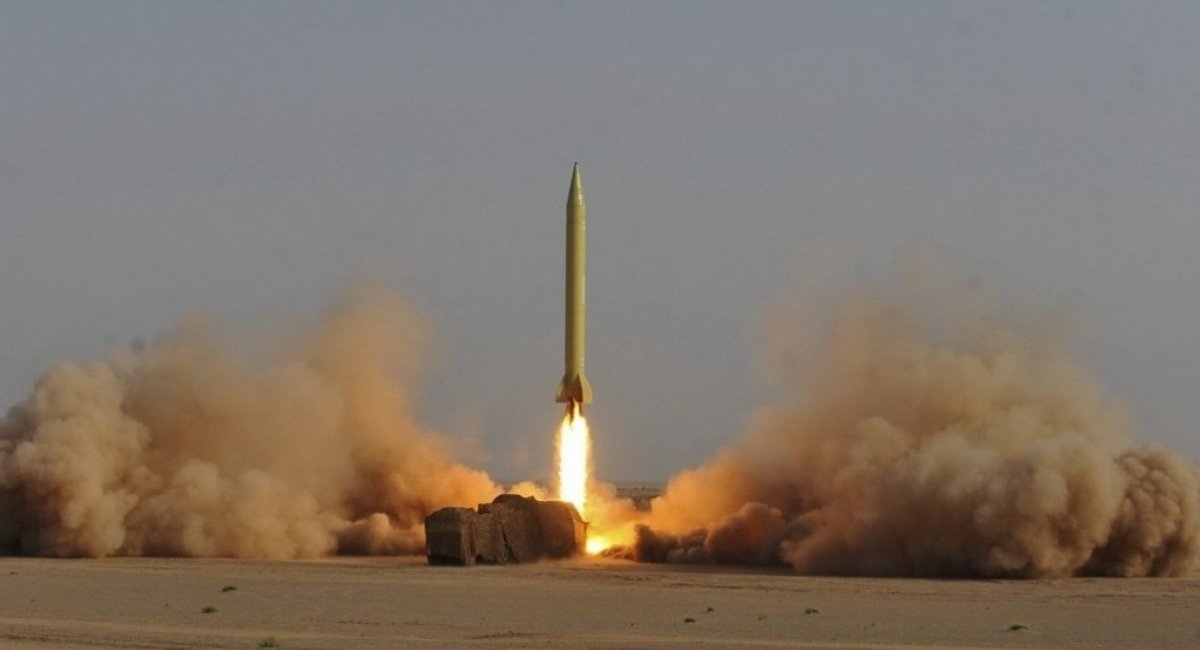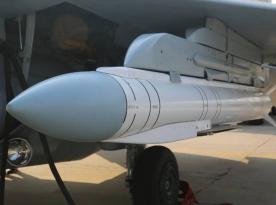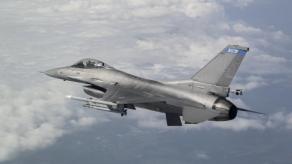The russian federation is highly likely to receive ballistic missiles form Iran. This is indicated by a whole cascade of information: the negotiations regarding medium-range missiles such as Fateh-110 and Zolfaghar and the lack of own missiles for the Iskander and cruise missiles.
We should also not forget about the Kremlin's ability to order similar ballistic missiles from the North Korea and retrieve from storage or receive from Belarus Soviet R-17 missiles of the 9K72 Elbrus complex, better known as Skad.
Read more: 239 Days of the War russian Casualties in Ukraine

At the same time, the Kremlin may be more than interested in receiving ballistic missiles due to the fact that the Ukrainian Air Force of has already developed quite effective countermeasures against cruise missiles and has shot down a significant number of Kalibrs, Kh-101’s and Kh-555’s.
Moreover, their cost is quite high, and for Fateh-110, Shahab, Qiam or North Korean Nodon, not to mention their own R-17, they might need to pay by transferring military technology, or in the case of Pyongyang - even energy resources. And the main thing is to get them in a relatively short time in "commercial" quantities.
Also, the accuracy of these missiles is no longer important for the Kremlin, as the target of its strikes are cities. In this case it is necessary to be ready for the threat of regular strikes by ballistic missiles. As when it comes to Iranian or North Korean ballistic missiles, we should understand that most of them are based on the Soviet R-17 and are derived from it. Moreover, North Korea is believed to have actively assisted Iran in creating its versions.
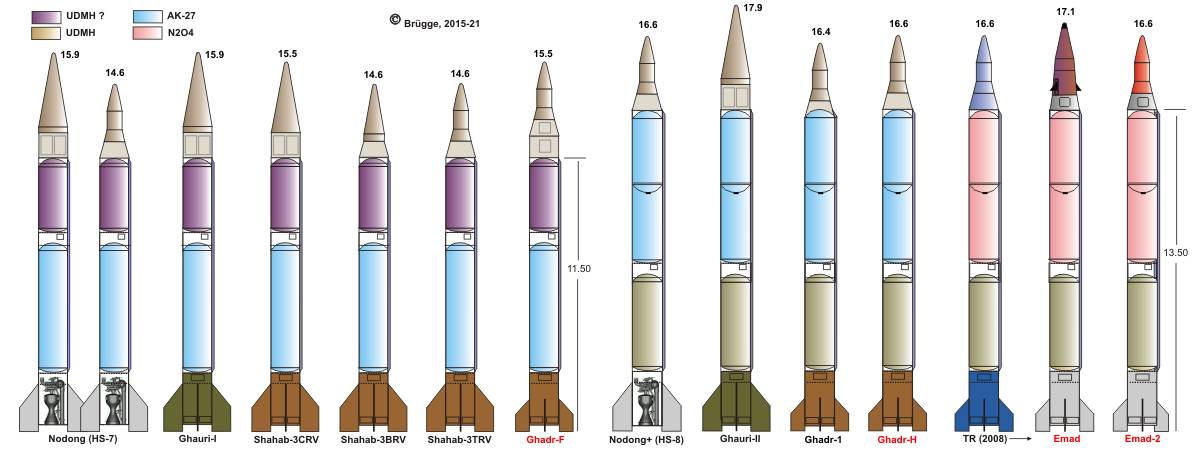
The exception is the solid-fuel Fateh-110, which goes back to the development of the Zelzal-1 in the 1990s, which was based on the Soviet Luna-M with the 9M21 missile.
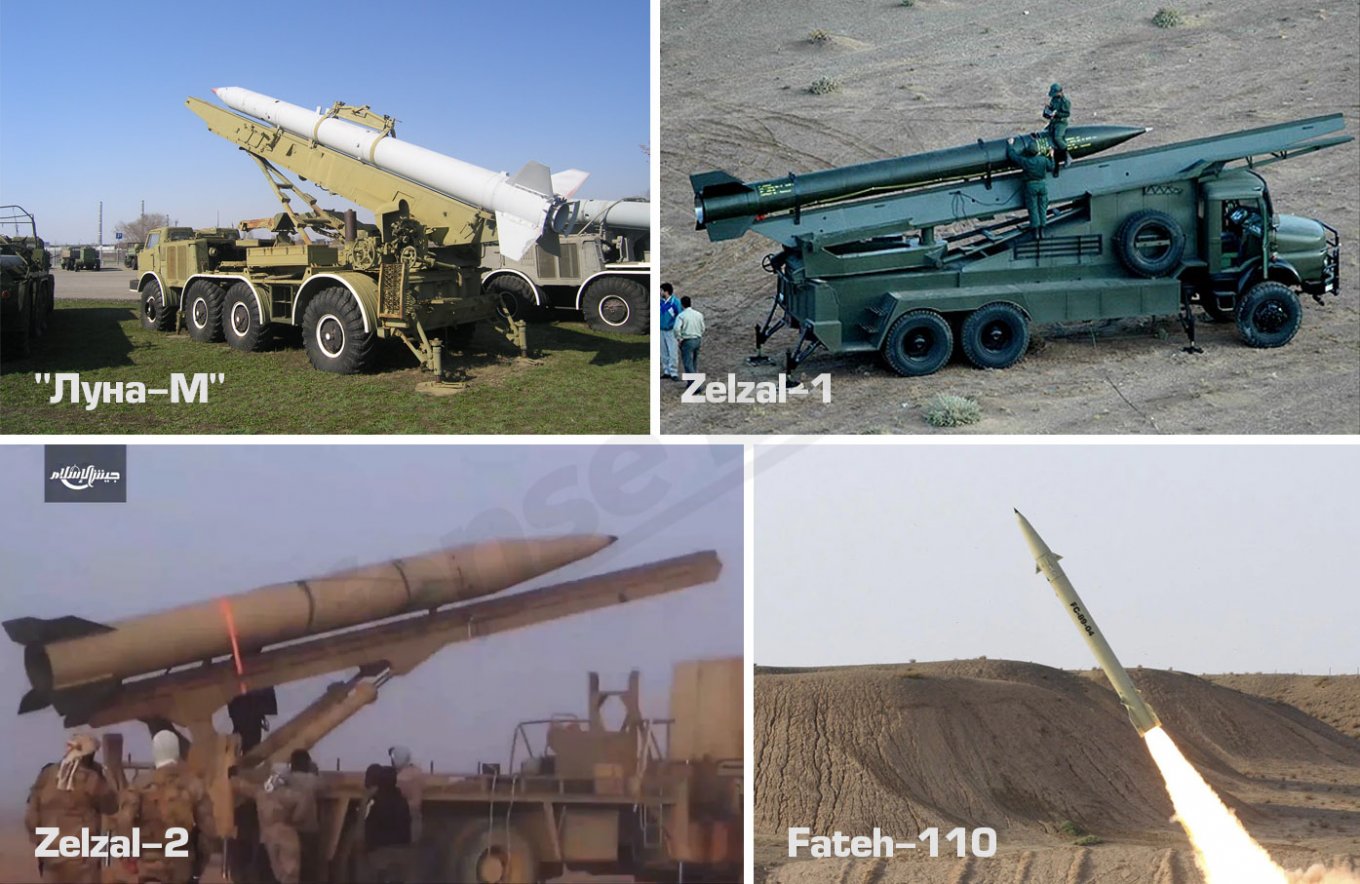
Thus, for a whole series of liquid-fuel Shahab, Qiam and North Korean Nodon, it is possible to rely on the capabilities and some specifications of the R-17. But the difference between the “copy” and “original” is the launch range and the weight of the warhead, which varies from approximately 250 kg (Shahab-3) to 1000 kg in Qiam-1 and R-17.
The accuracy of the missiles is also approximately the same, because an inertial guidance system based on the R-17 system is used, which ensured deviation from the target at a level of more than 500 meters. The accuracy of the direction depends on the launch range, weather conditions, the crew, who must take into account even such things as the deviation of the mass of the warhead and the missile itself from the reference ones.
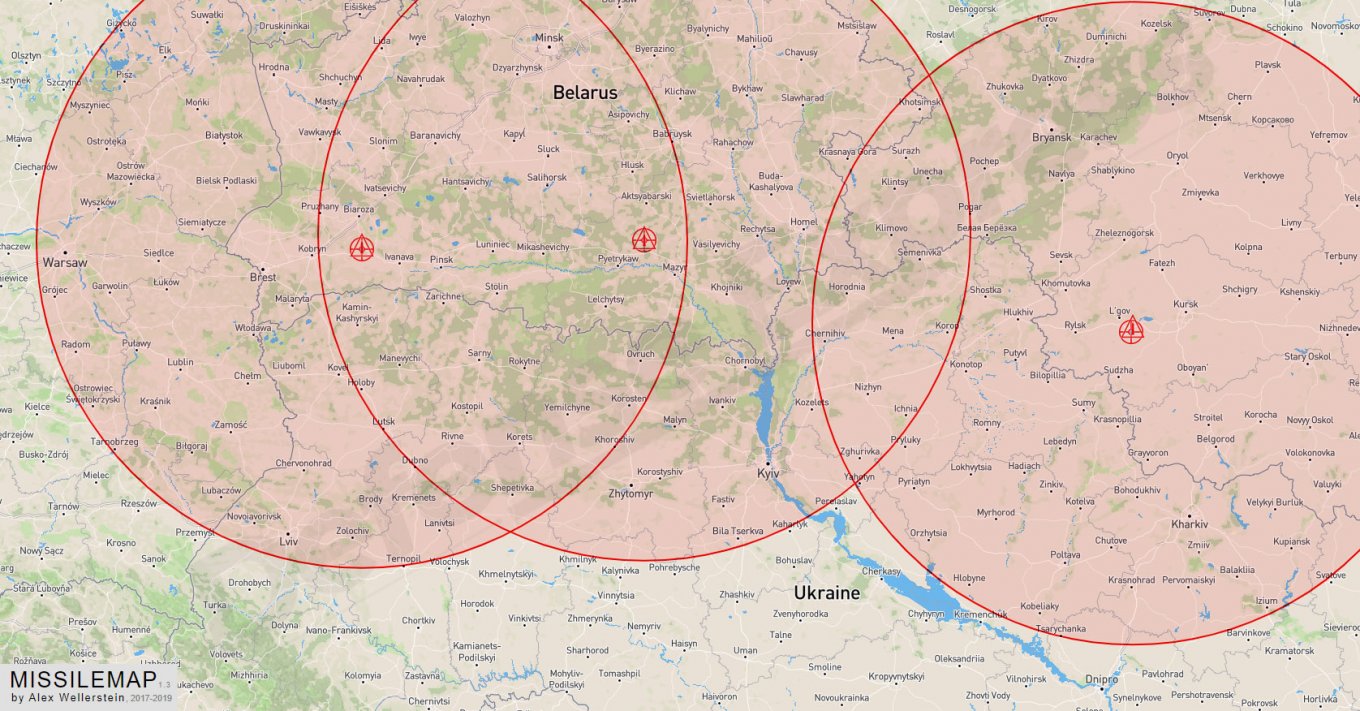
More threatening is the fact that ballistic missiles fly much faster than cruise missiles. The time from launch to impact for the R-17 missile at a range of 300 km is only 313 seconds. That is, despite the fact that its launch will almost immediately be noticed by surveillance radars, the time for civilians to hide in a safe place is extremely short.
There are also problems with intercepting ballistic missiles. If now Ukraine’s servicemen effectively shoot down cruise missiles even from MANPADS, then only powerful anti-aircraft air defense systems of the Buk or S-300 can be used to destroy ballistic missiles, with a probability of destroying ballistic targets that is extremely far from the 0.9 indicator.
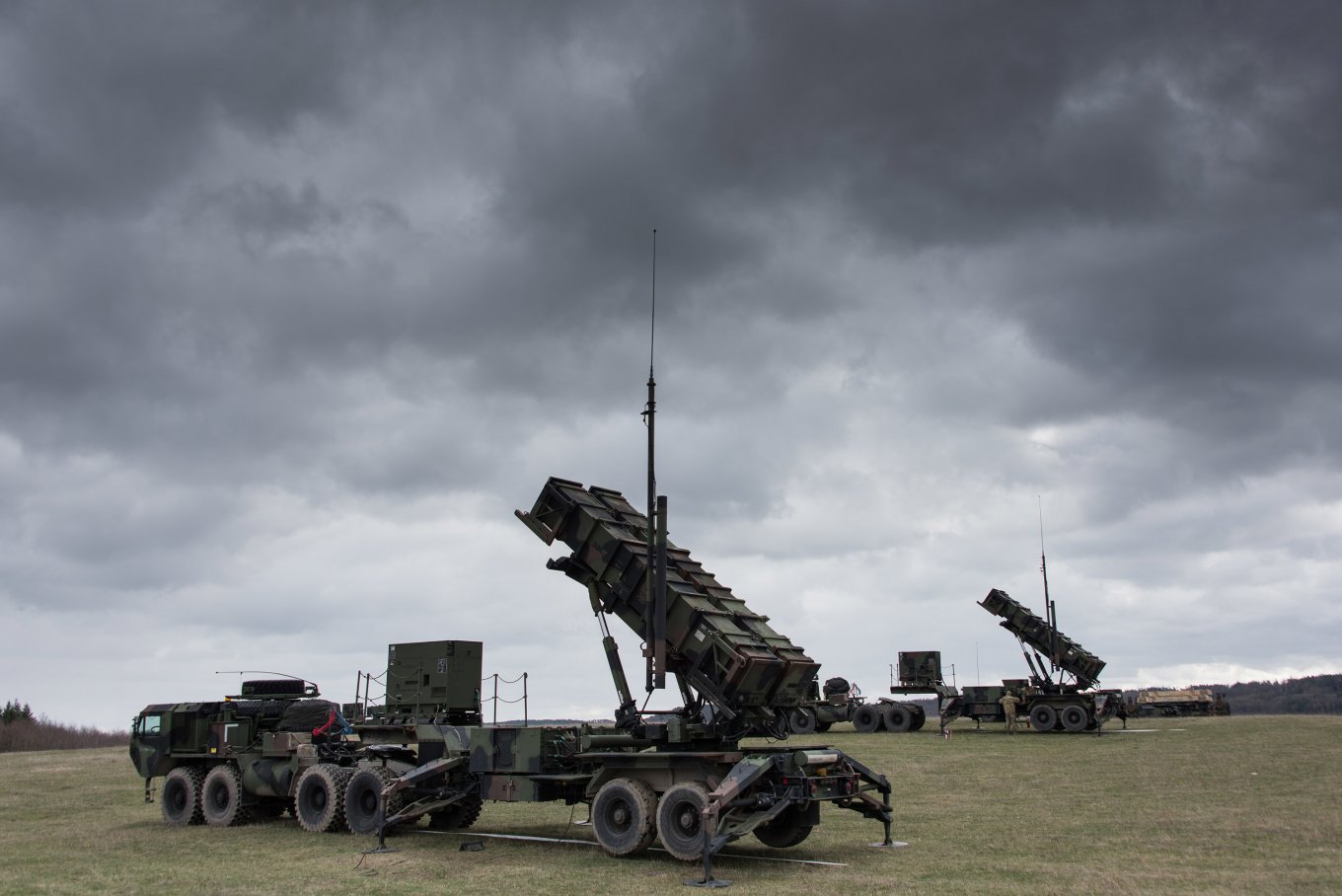
The only effective solution can be specialized anti-missile complexes, in particular Patriot PAC 3 MSE with kinetic interceptors.
In this case, a more realistic option is counter-battery combat with missile systems. To do that it is necessary to obtain long-range means of destruction, starting from ATACMS and above.
Read more: Russia Transfers the "Elite" Taman Division From Moscow to Belarus for "Special Tasks"




